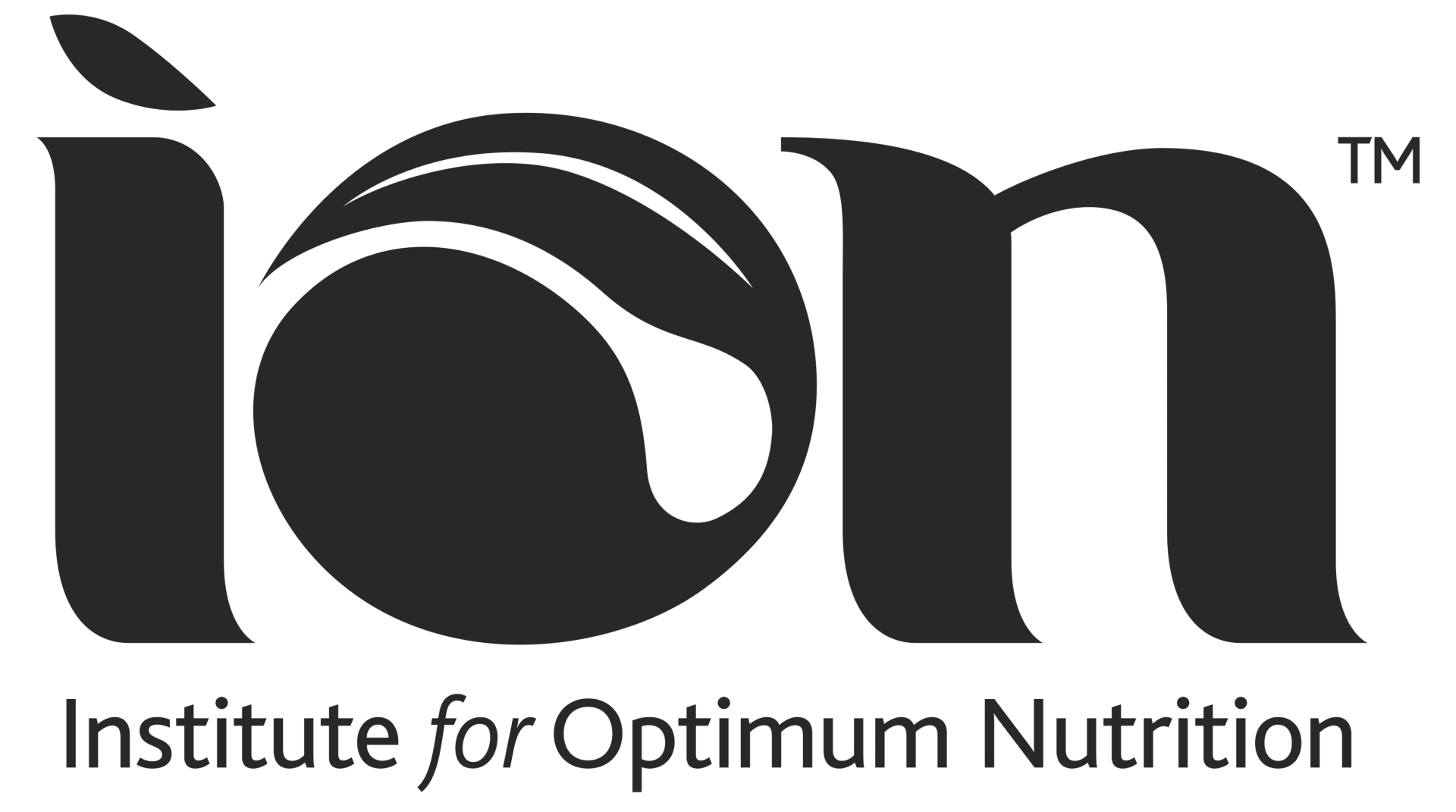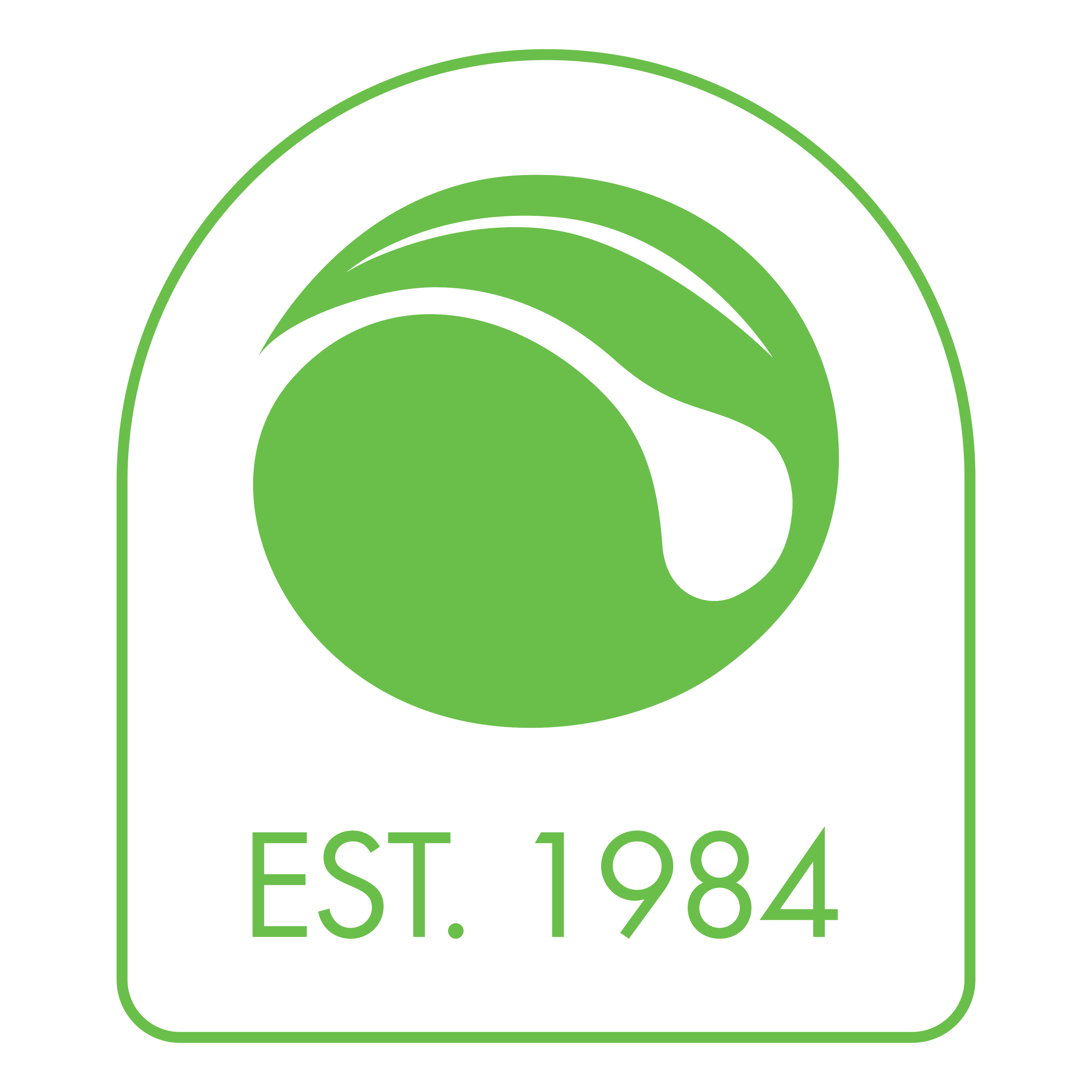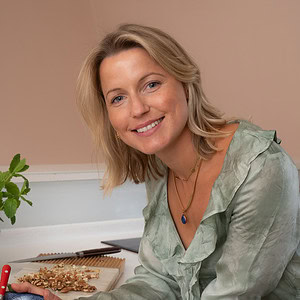Children’s nutrition
The information given regarding weaning your baby has changed over the years, leaving some confusion about what to do.
Kate Delmar-Morgan, a nutritional therapist who specialises in child nutrition, explains that weaning is a learning process. “Infants only learn to develop their feeding skills and accept and enjoy new textures and tastes if they are given the opportunity to try them out,” she says.
What is weaning?
Breastmilk and your baby’s internal energy stores will meet most of the nutritional needs for the first six months of life. Weaning is the process of accustoming a baby to a diet of solid foods which will eventually replace milk as the main source of nutrition. “The process takes a few months,” says Delmar-Morgan. “It begins when solids are first introduced and ends when your child is on three meals a day and able to drink from a cup and use a spoon.”
The purpose of weaning is to provide extra energy (calories) and nutrients when breast milk or formula no longer supplies them in sufficient amounts to sustain normal growth and optimal health and development.
“Specific nutrients such as iron and zinc become depleted by the time the baby is six months old,” says Delmar-Morgan. “Requirements for these and other nutrients increase between six and 12 months. Weaning also gives infants the opportunity to learn to like new tastes and textures at a time when they are receptive to them – such as newly arrived teeth for chewing.”
When should you start weaning?
Delmar-Morgan says that some infants will be ready to wean earlier than others, but weaning should not start before four months.
“There are some developmental signs that an infant is ready for weaning,” she explains. “They can stay in a sitting position and hold their head steady; co-ordinate their eyes, hands and mouth: look at food, pick it up, put it in their mouth; swallow food (babies that are not ready will push their food back out); they show an interest in what you are eating, and they demand more feeds – perhaps even chewing their fists.”
What foods can your baby eat?
Previous guidance was to avoid certain foods before six months, but this advice changed and there are no restrictions on what foods can be introduced when. “Although foods to limit are those with added sugar or salt, as well as liver,” says Delmar-Morgan. “Foods to avoid include honey – which should not be given to a child under one year – under-cooked eggs, meat, fish and shellfish; unpasteurised soft cheeses; large fish such as marlin, swordfish and shark, and whole nuts due to choking.”
To help reduce the risk of food allergies, it is recommended that if the mother is breastfeeding, she continues to do so during the period of weaning. Foods should be introduced one at a time and cautiously.
Preparing food for your baby
Initially, a smooth puree or well-mashed food is best. Some infants might start with soft finger foods but should also be given some mashed or pureed food. For example: pureed/well-mashed parsnip with broccoli; avocado; sweet potato with cauliflower; potato and carrot; cooked apple and peach. According to Delmar Morgan, you can then introduce pureed lentils or meats with soft vegetables, plus soft fruits with yoghurt.
“After around six months – in addition to this – you can introduce soft lumps such as porridge, scrambled egg and soft finger foods including banana, ripe pear slices and strawberries.”
After nine months, chopped or minced family foods and hard finger foods such as raw ripe fruit and vegetable sticks can be introduced. “Infants should never be left unattended with foods or drinks as they might easily choke,” advises Delmar-Morgan. “There is also some evidence that if infants are kept on pureed foods for too long, this may lead to fussy eating.”
Why is weaning important?
According to Delmar-Morgan, parents shape children’s early experiences with food and eating, so good foods to offer should include nutritious family foods such as a variety of vegetables, fruits, soft grains, well-cooked lean meat, poultry, fish, eggs, lentils, chickpeas and other pulses, and plain yoghurt. “Herbs and mild spices can be used to flavour food but salt should not be added,” she says. “Try to provide wholesome fresh foods rather than pre-prepared pouches – although these are sometimes convenient for emergencies and when out and about.”
Is baby-led weaning best?
It has also been debated as to whether baby-led weaning is a more successful weaning process. Baby-led weaning is the method of introducing solid foods by allowing the infant to feed themselves as opposed to being spoon-fed.
“Baby-led weaning should not be introduced before six months,” advises Delmar-Morgan. “In my experience, a mixture of the two seems to be a good approach; allowing the baby to play with food is a way that lets them become familiar with foods and different textures so that they begin to feel comfortable with those foods.”
It has been suggested that baby-led weaning helps to prevent fussy eating. “However, they may develop nutrient deficiencies if baby-led is solely followed, so spoon feeding can help to ensure that all nutrients are being consumed,” she adds.
“There is an element of ‘mess’ in both methods but try not to worry about it – it is part of the weaning process!”
For articles and recipes subscribe to the Optimum Nutrition newsletter
Discover our courses in nutrition






